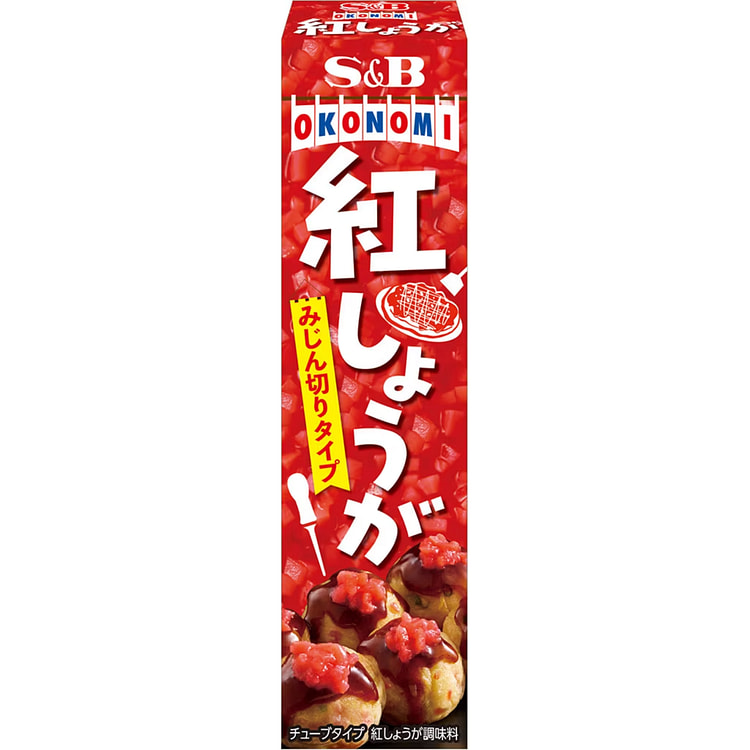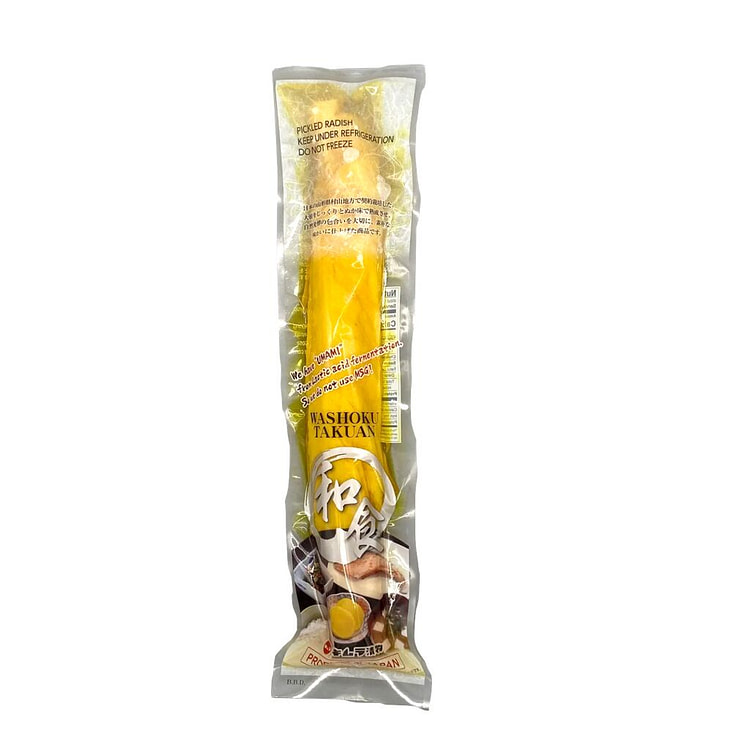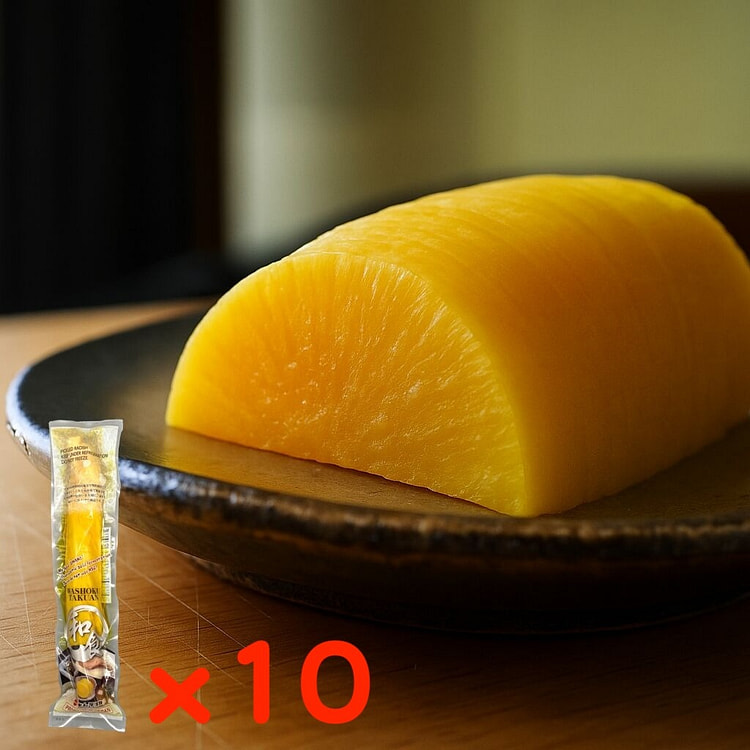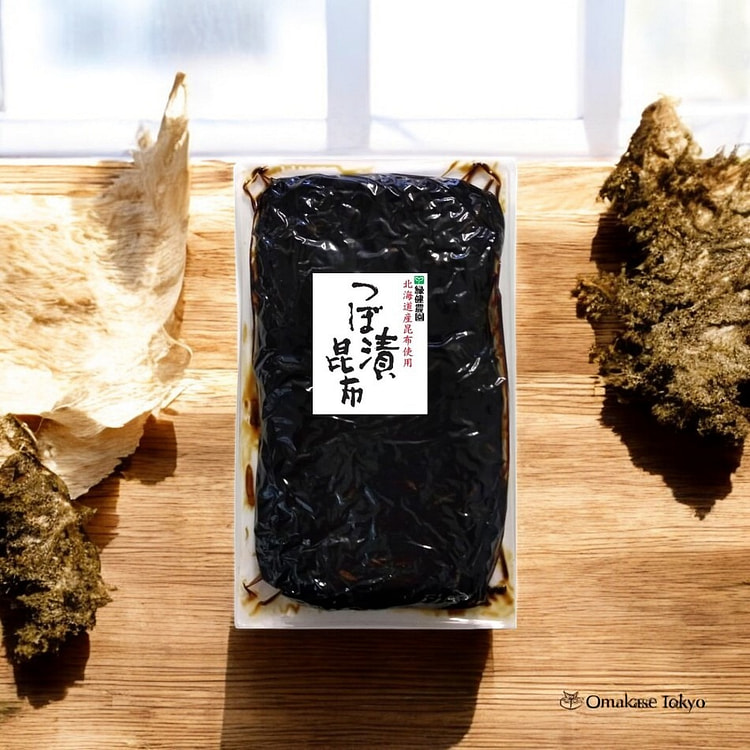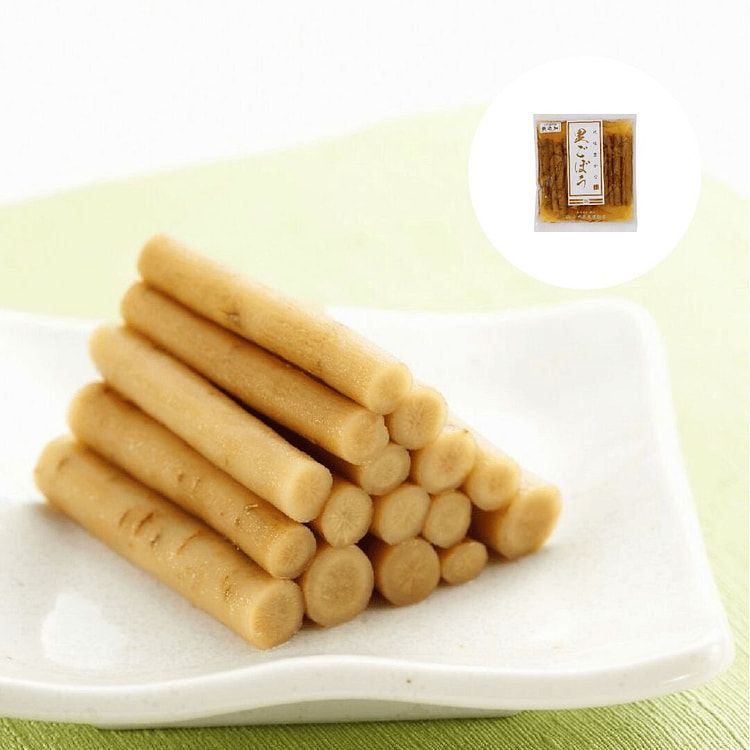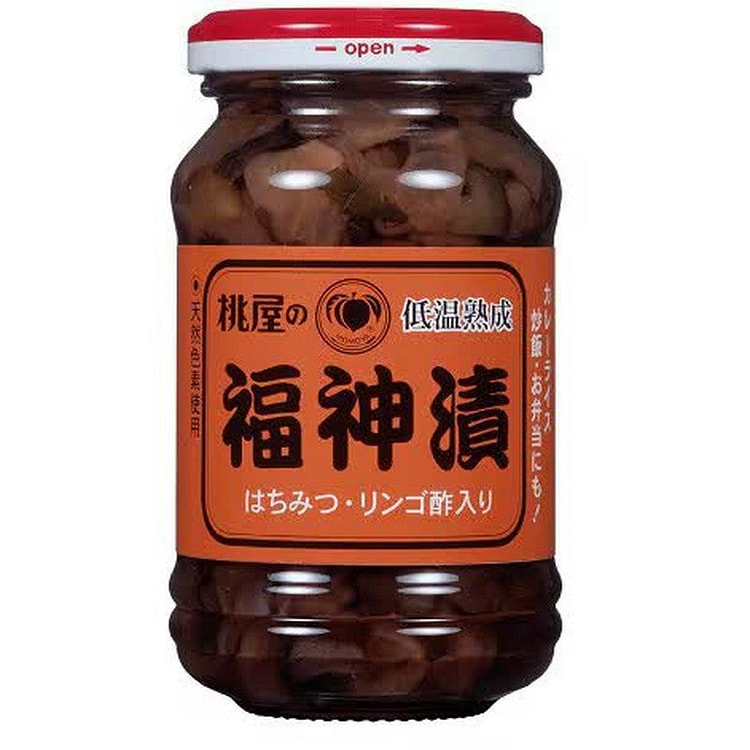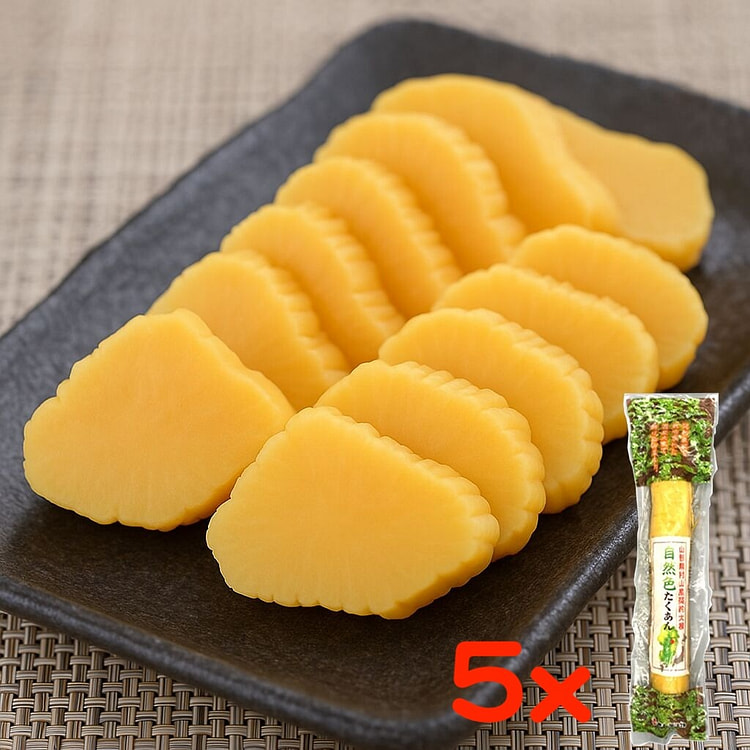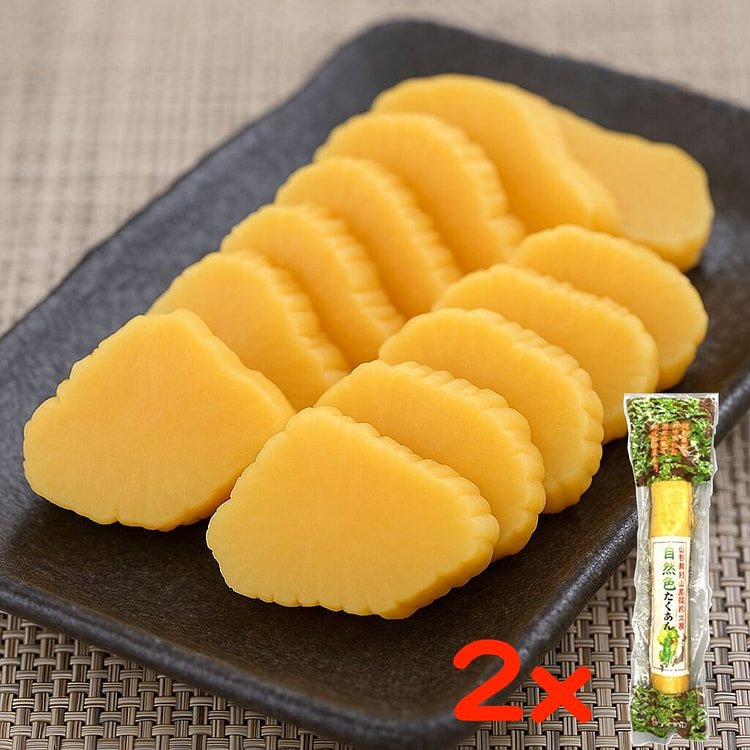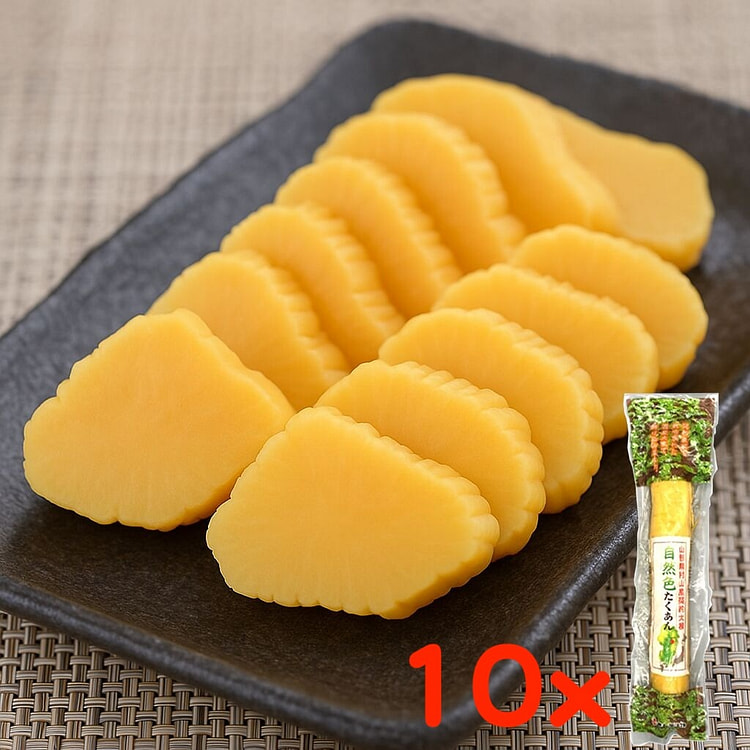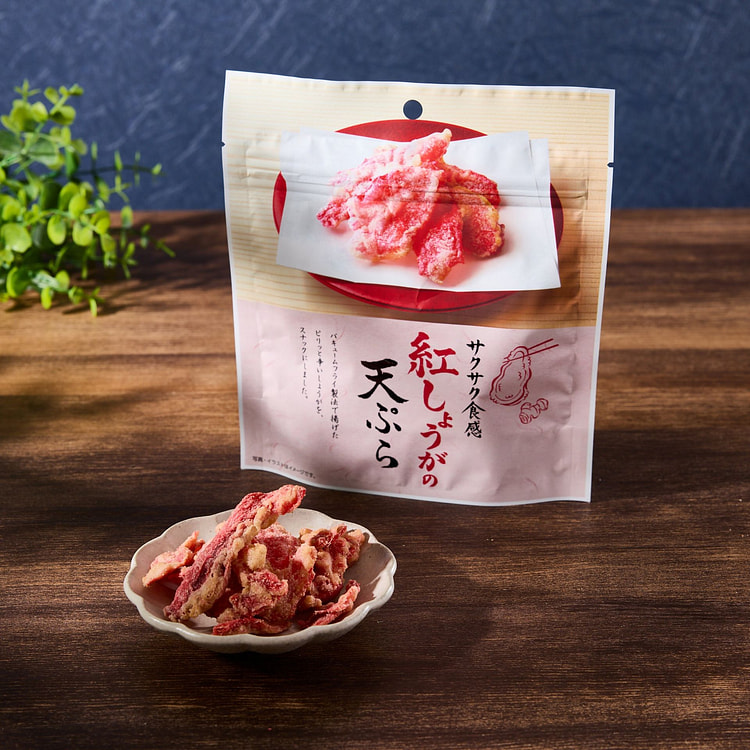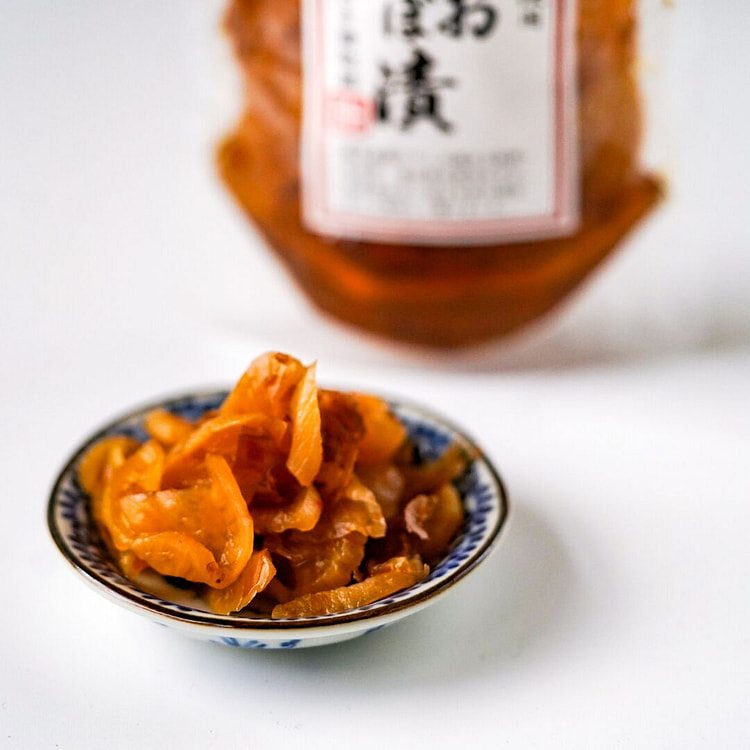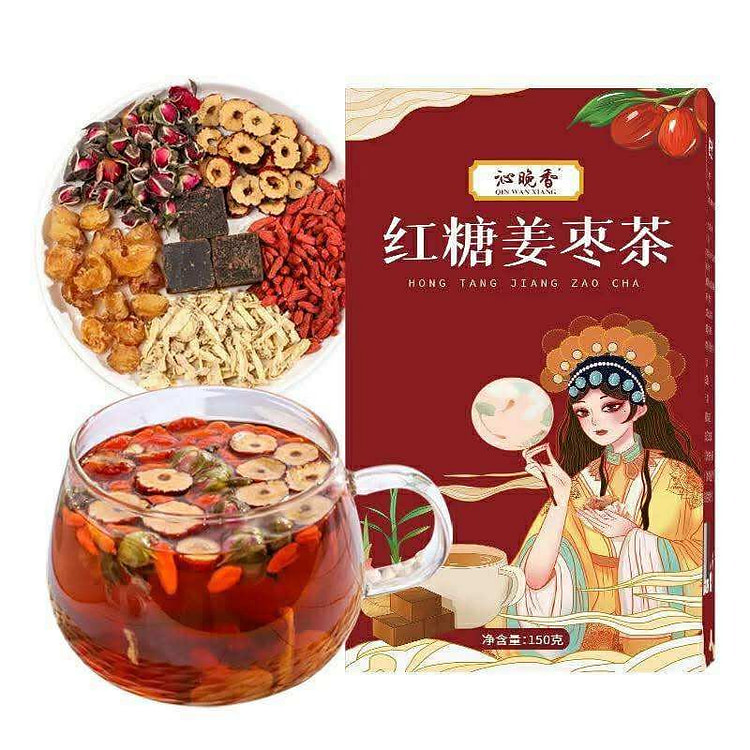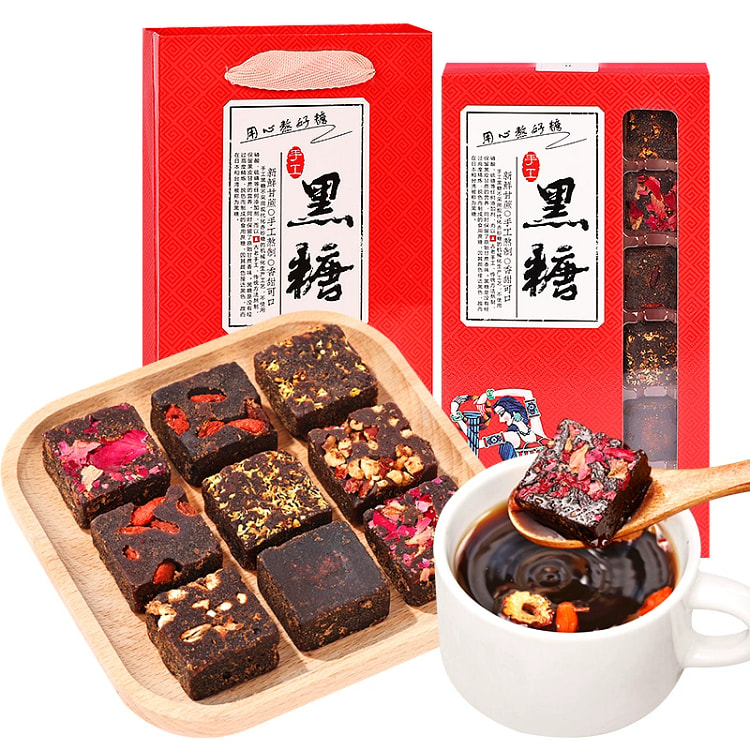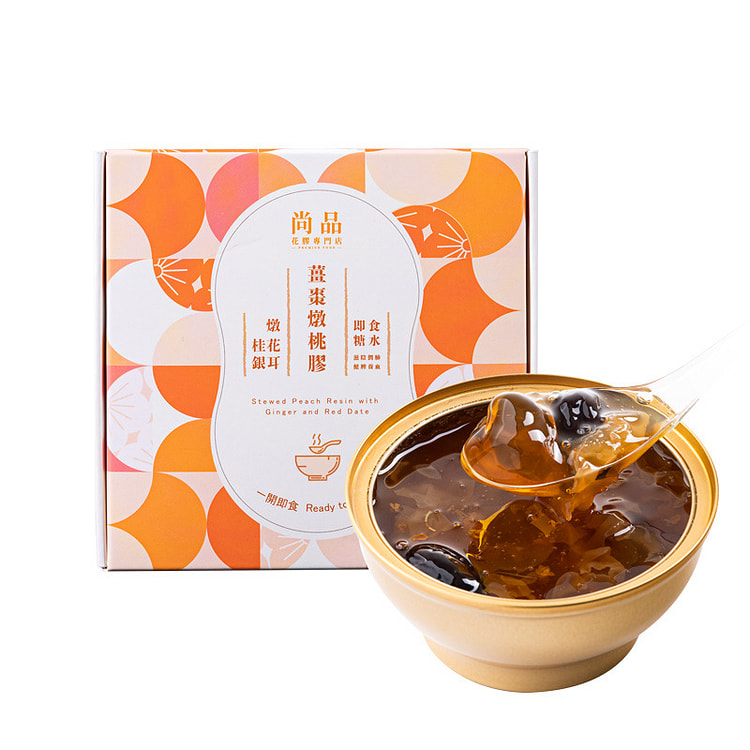Buy tsukemono online

Discover the art of Tsukemono: a staple of Japanese cuisine. Tsukemono, or Japanese pickles, play a vital role in Japanese culture and cuisine, often served as a side dish to complement the main course. This versatile dish can be made from various vegetables, fruits, and even meats, each providing a unique flavor profile. On this page, you will find a comprehensive guide to the importance of tsukemono, authentic recipes to try at home, recommended equipment for pickling, step-by-step cooking instructions, and suggestions for related products and recipes to enhance your culinary experience with tsukemono.
Top 5 products for Tsukemono
Latest reviews
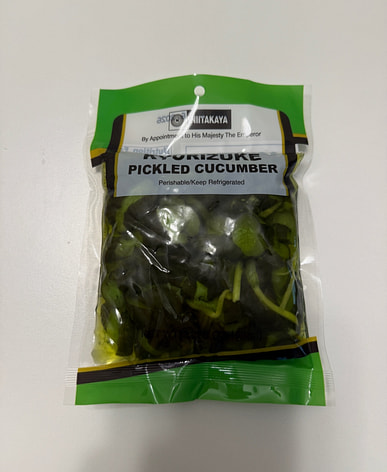 I bought it because the reviews were good. I'm looking forward to trying it.
I bought it because the reviews were good. I'm looking forward to trying it.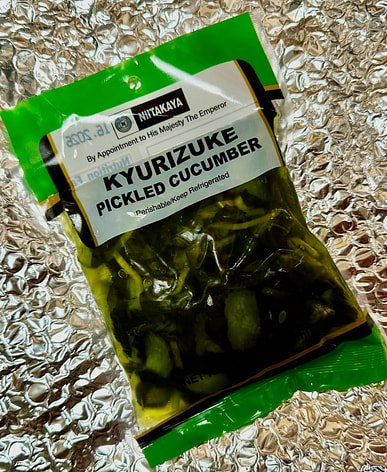 I like to eat it ice cold. The ginger flavor makes it the perfect palate cleanser!
I like to eat it ice cold. The ginger flavor makes it the perfect palate cleanser!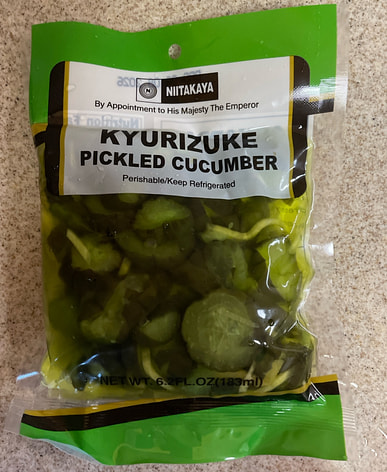 Another pickled kind of cucumber that only Wee carries for low price and just the perfect size.
Another pickled kind of cucumber that only Wee carries for low price and just the perfect size.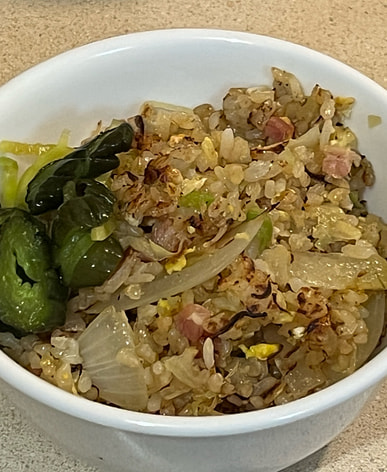 I'm buying it again and again. This time, I'm eating it with fried rice. Consistently delicious (as are Japanese pickles)!
I'm buying it again and again. This time, I'm eating it with fried rice. Consistently delicious (as are Japanese pickles)!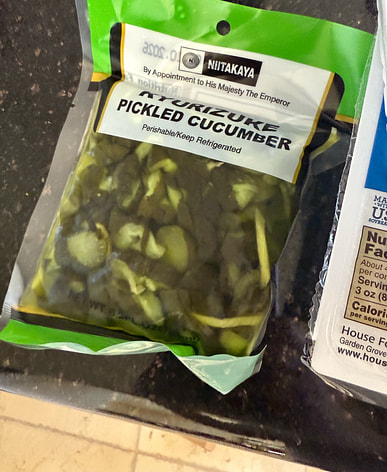 I eat it when I eat curry
I eat it when I eat curry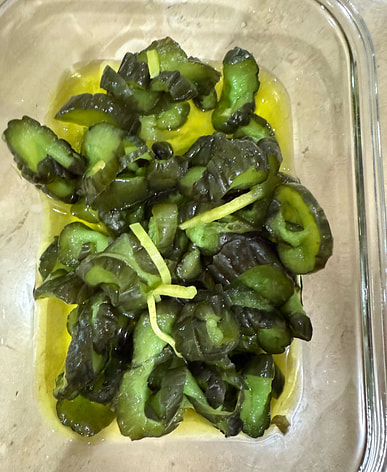 I bought it for the first time in a while. It's delicious because it's Shintakaya. I hope they add more varieties of pickles ^ ^
I bought it for the first time in a while. It's delicious because it's Shintakaya. I hope they add more varieties of pickles ^ ^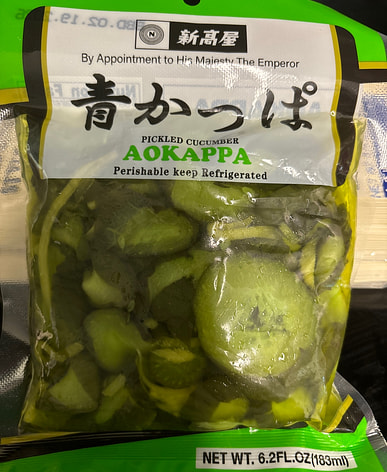 Great side dish !
Great side dish !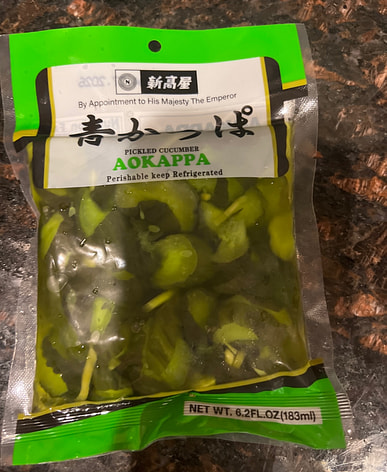 Arrived on time, perfectly packaged. Thank you.
Arrived on time, perfectly packaged. Thank you.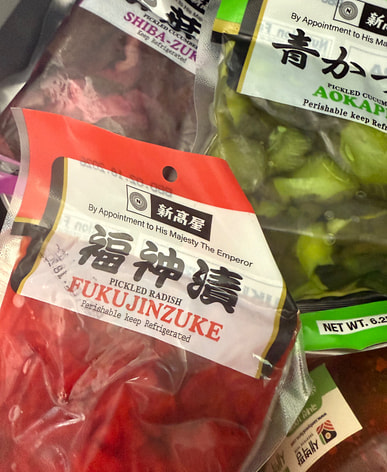 I bought it to eat with curry and hamburger steak. I tried it at a Japanese restaurant and it was delicious, so I bought it.
I bought it to eat with curry and hamburger steak. I tried it at a Japanese restaurant and it was delicious, so I bought it.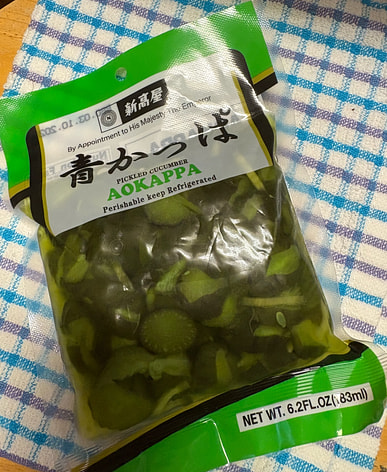 It tastes like Japanese pickles.
It tastes like Japanese pickles.
Latest reviews
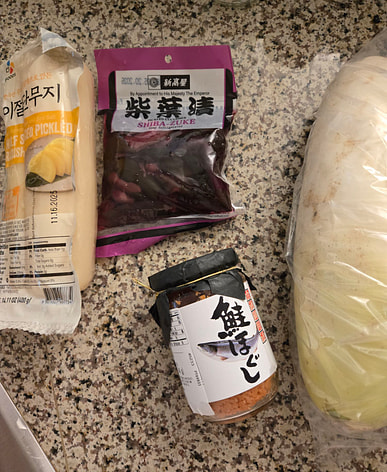 It was good for lunch box. It was sour and flavored.
It was good for lunch box. It was sour and flavored.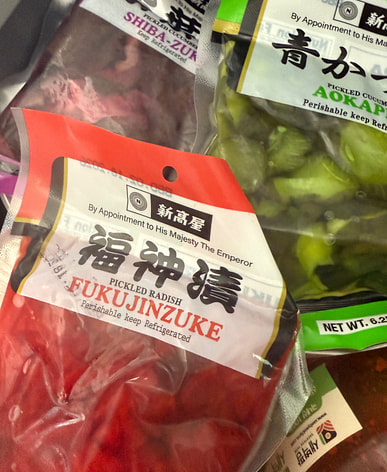 I hope it tastes good… ..
I hope it tastes good… ..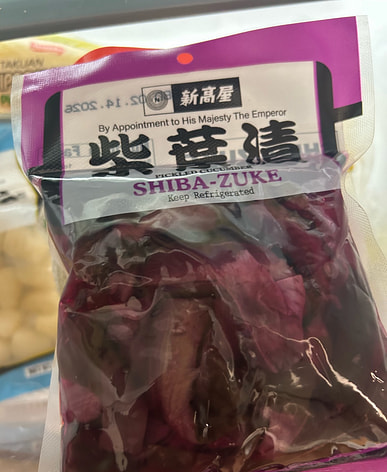 Perfect salty taste!
Perfect salty taste!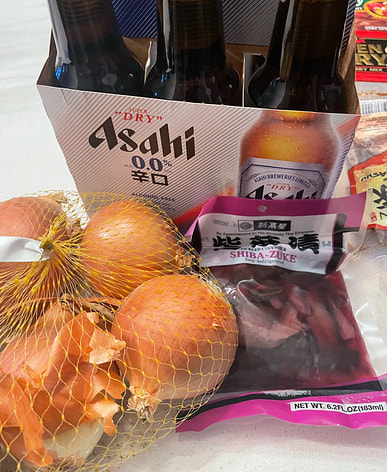 It's a necessity, a little expensive but I bought it
It's a necessity, a little expensive but I bought it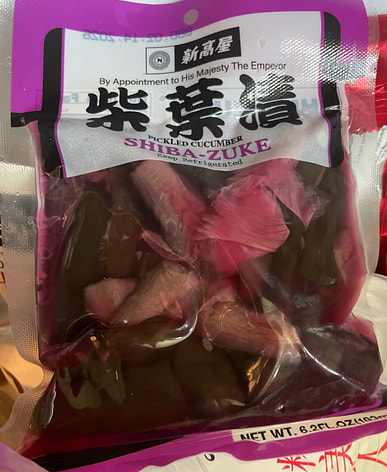 new favorite pickle with curry. no artificial coloring and crunchy with a nice flavor.
new favorite pickle with curry. no artificial coloring and crunchy with a nice flavor.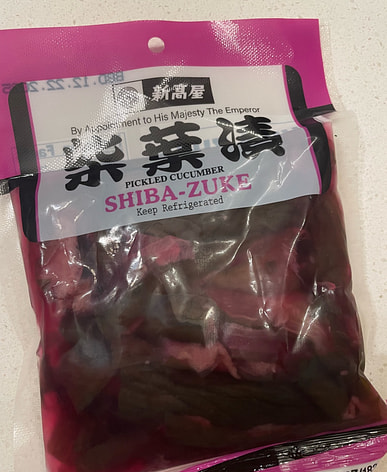 I'm so happy that I can eat it in America now.
I'm so happy that I can eat it in America now. First time buying, will buy again if it tastes good!
First time buying, will buy again if it tastes good!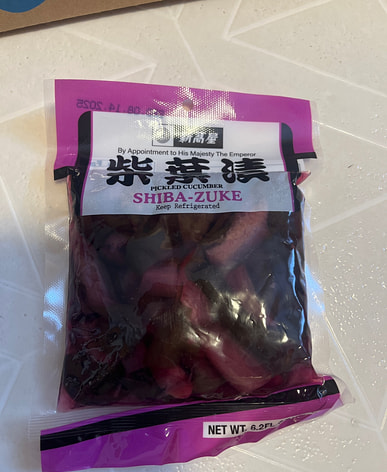 I wanted to eat pickles so I bought it.
I wanted to eat pickles so I bought it.
Latest reviews
 I bought it to eat with Japanese ramen, but I don't think I'll buy it again.
I bought it to eat with Japanese ramen, but I don't think I'll buy it again.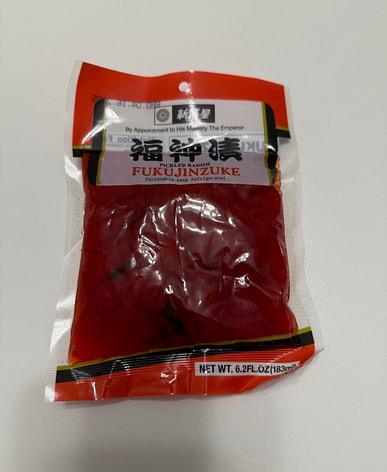 This is my first purchase. Perfect as a side dish for curry.
This is my first purchase. Perfect as a side dish for curry.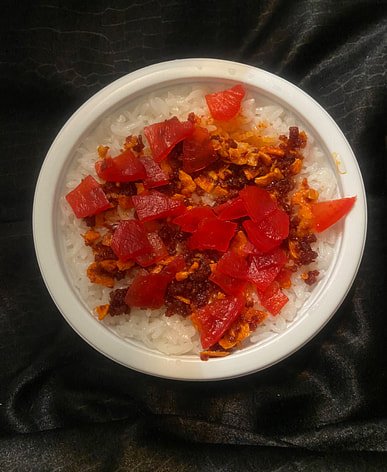 Although it’s not like the pink radish I had in the restaurant, it was still really good. I would and will definitely buy it again!
Although it’s not like the pink radish I had in the restaurant, it was still really good. I would and will definitely buy it again!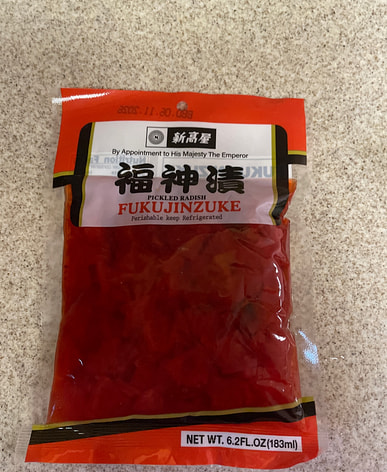 Price wise it’s way to go at Wee. This is not cheap at other Asian markets
Price wise it’s way to go at Wee. This is not cheap at other Asian markets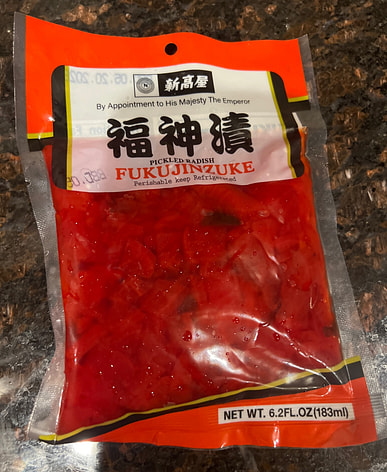 Arrived well packaged and refrigerated. No issues.
Arrived well packaged and refrigerated. No issues.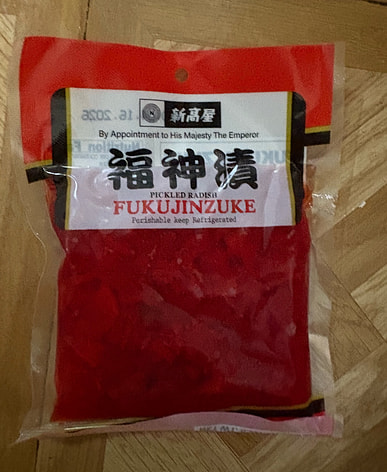 Favorite thing to add to my curry
Favorite thing to add to my curry Sweet pickled radish, crunchy, just right with rice
Sweet pickled radish, crunchy, just right with rice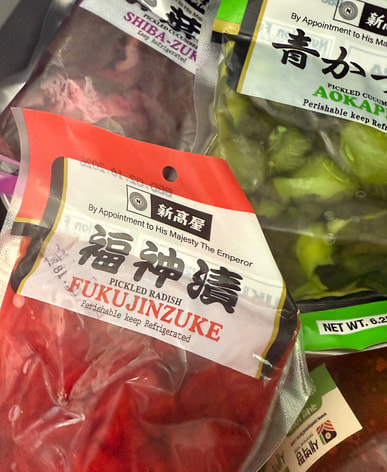 I bought it after seeing the reviews~~~~
I bought it after seeing the reviews~~~~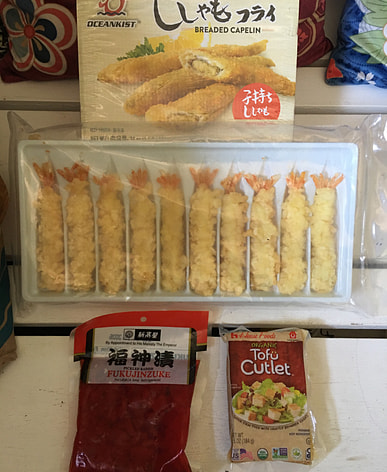 I got this for Curry with steamed rice dish, even though I have not tried this item yet. Hopefully, it tastes good enough to satisfy my standard. It's very costly, though.
I got this for Curry with steamed rice dish, even though I have not tried this item yet. Hopefully, it tastes good enough to satisfy my standard. It's very costly, though.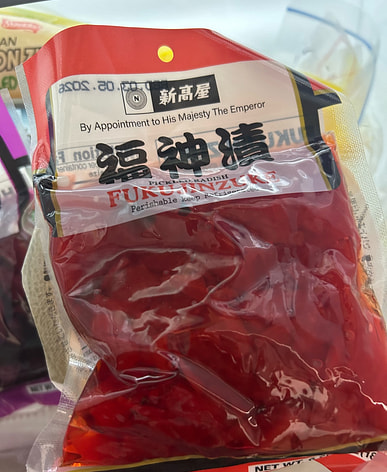 I’m gonna eat it with curry rice
I’m gonna eat it with curry rice
Latest reviews
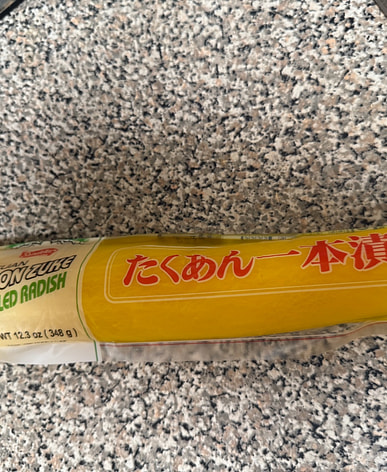 This is the first time I've bought this product. I haven't tried it yet, but I hope it's delicious.
This is the first time I've bought this product. I haven't tried it yet, but I hope it's delicious. I like that the amount isn’t too much. Others have too many radishes in one package. For gimbap and as side dish.
I like that the amount isn’t too much. Others have too many radishes in one package. For gimbap and as side dish.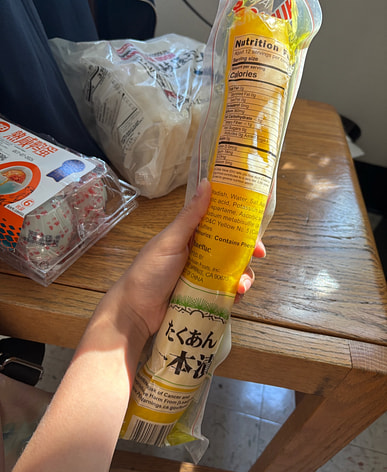 Very good! as described
Very good! as described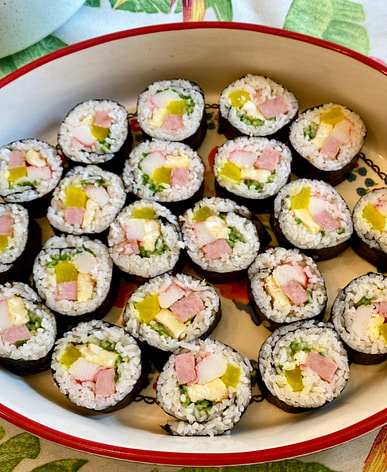 It works great for making Korean seaweed rice.
It works great for making Korean seaweed rice.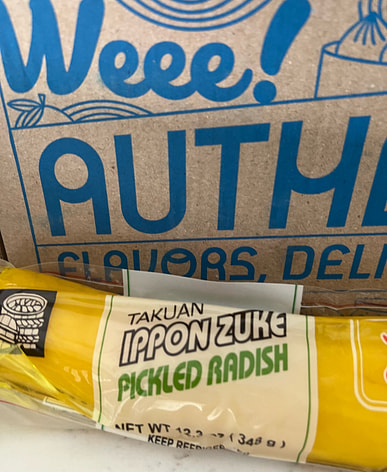 Super fresh and delicious
Super fresh and delicious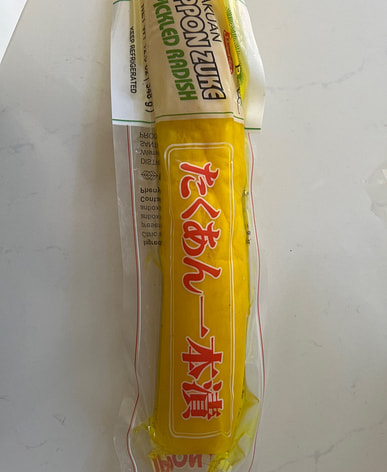 Very suitable as a side dish when eating ramen
Very suitable as a side dish when eating ramen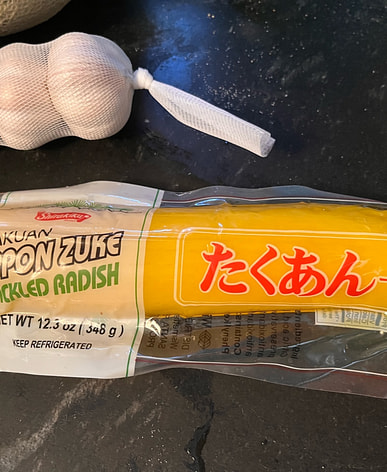 Always have this in my refrigerator. Good banchan.
Always have this in my refrigerator. Good banchan. This is a delicious, sweet pickled radish.
This is a delicious, sweet pickled radish.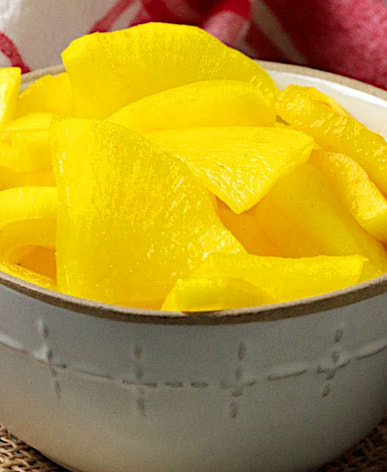 Forgot to snap pic. Let me tell you this thing is so addicting, I just be snacking on them.
Forgot to snap pic. Let me tell you this thing is so addicting, I just be snacking on them.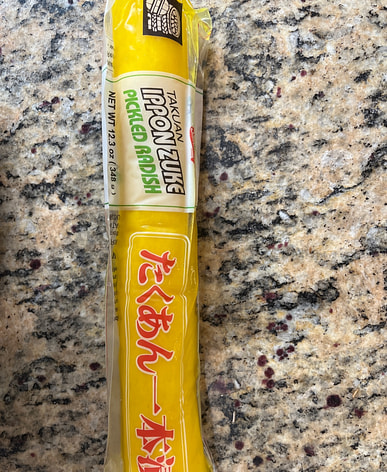 Unexpectedly, it was so long, and I ate it with braised pork rice.
Unexpectedly, it was so long, and I ate it with braised pork rice.
Latest reviews
 I received this from a friend and it reminded me of something so I decided to buy it. I'm a little worried because there is no expiration date listed.
I received this from a friend and it reminded me of something so I decided to buy it. I'm a little worried because there is no expiration date listed.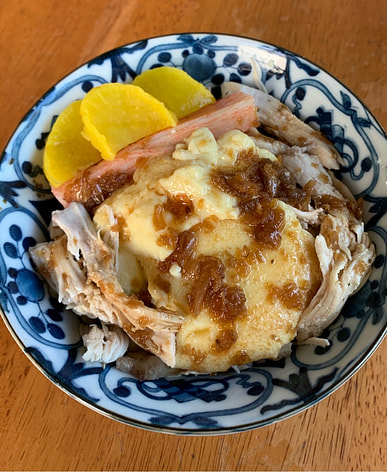 Very delicious Japanese pickled radish, great with chicken rice as a side dish or side dish!
Very delicious Japanese pickled radish, great with chicken rice as a side dish or side dish!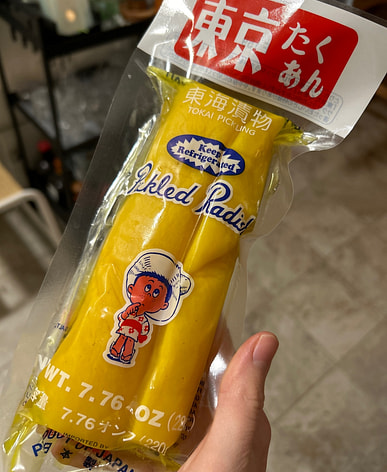 I have repurchased and plan to buy again. It has an addicting sweet and sour taste that’s great for kimbap or black bean noodles
I have repurchased and plan to buy again. It has an addicting sweet and sour taste that’s great for kimbap or black bean noodles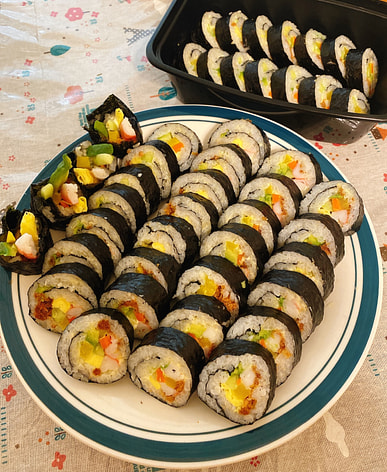 The radish is sweet and good for making sushi?
The radish is sweet and good for making sushi?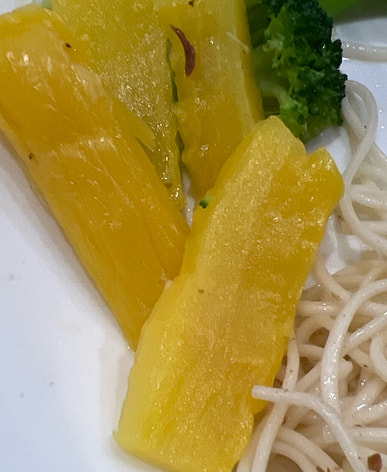 I don’t like this one. Outer skin is wrinkled and no pickled taste is after soak. It does not have the visual appeal nor the taste.
I don’t like this one. Outer skin is wrinkled and no pickled taste is after soak. It does not have the visual appeal nor the taste.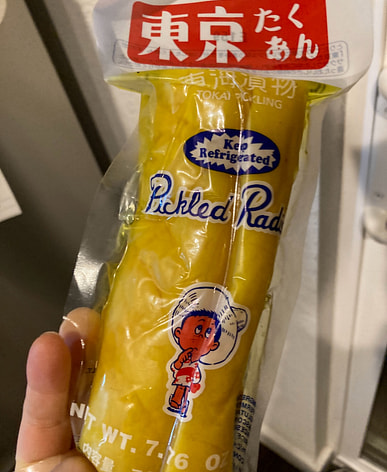 I haven't tried it yet, but I'm looking forward to it.I wish there was eggplant, cucumber, and radish pickles.
I haven't tried it yet, but I'm looking forward to it.I wish there was eggplant, cucumber, and radish pickles.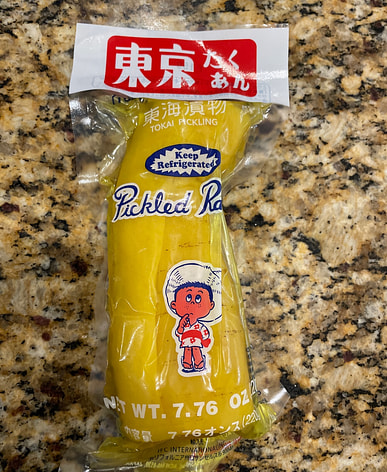 Love the taste and texture of these better than the Korean ones.
Love the taste and texture of these better than the Korean ones.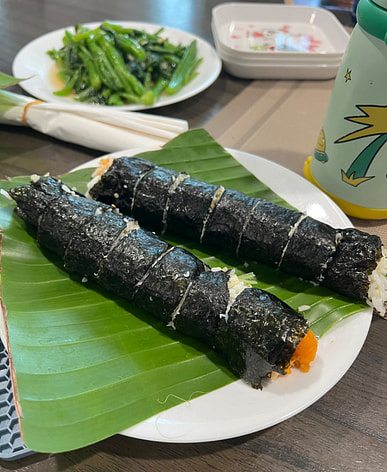 This radish is very greasy and is perfect in sushi
This radish is very greasy and is perfect in sushi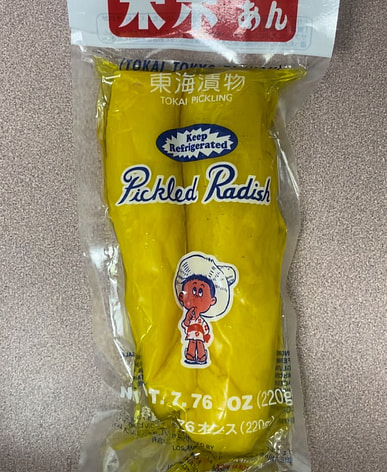 I was surprised that such a small radish arrived.. but since it's a Japanese-style radish, I'm looking forward to eating it with tonkatsu!!
I was surprised that such a small radish arrived.. but since it's a Japanese-style radish, I'm looking forward to eating it with tonkatsu!!
Popular recipes
Spicy Tsukemono Fried Rice
This flavorful fried rice combines the tangy crunch of with spicy Asian seasonings, perfect for a quick and satisfying meal.
Tsukemono Pork Belly Stew
Tender pork belly and pickled come together in a rich and comforting stew, cooked to perfection in an Instant Pot.
Beef and Tsukemono Stir Fry
Juicy beef strips stir-fried with savory for a quick and delicious meal that is sure to satisfy your cravings.
Tsukemono near me
Frequently asked questions
What is tsukemono?
Tsukemono are Japanese pickled vegetables that are typically pickled in salt, brine, or a mixture of soy sauce and vinegar.
What is the purpose of pickling vegetables in tsukemono?
Pickling vegetables in tsukemono helps to preserve them, enhance their flavor, and provide a crunchy texture.
Is tsukemono healthy?
Tsukemono can be a healthy addition to your diet as they are low in calories and fat, and provide beneficial probiotics.
How do you eat tsukemono?
Tsukemono are often served as a side dish or accompaniment to rice or other main dishes in Japanese cuisine.
Are tsukemono vegan/vegetarian?
Tsukemono can be vegan/vegetarian depending on the ingredients and seasonings used in the pickling process.
What dishes can you pair tsukemono with?
Tsukemono can be paired with a variety of dishes, including rice, sushi, grilled meats, and noodle dishes.
Can tsukemono be eaten on its own?
Tsukemono can be eaten on its own as a snack or appetizer, or as a side dish with a main meal.
Where can I buy tsukemono?
You can buy it at Weee! Asian Market, www.sayweee.com
What vegetables are commonly used in tsukemono?
Common vegetables used in tsukemono include cucumbers, radishes, daikon, eggplant, and napa cabbage.
What are the different types of tsukemono?
There are many different types of tsukemono, including shiozuke (salt pickles), nukazuke (rice bran pickles), and misozuke (miso pickles).
How long does tsukemono last?
The shelf life of tsukemono varies depending on the type, but they can typically last for a few weeks to a few months when stored properly in the refrigerator.
Can you make tsukemono at home?
Yes, tsukemono can be made at home by pickling vegetables in a mixture of salt, vinegar, and other seasonings.
Is tsukemono gluten-free?
Tsukemono can be gluten-free depending on the seasonings and ingredients used, but it's always best to check the label.
How can I store tsukemono?
Tsukemono should be stored in an airtight container in the refrigerator to maintain their freshness and flavor.
Does tsukemono need to be refrigerated?
Yes, tsukemono should be refrigerated to prevent spoilage and maintain their quality.
Popular reviews
 I bought it because the reviews were good. I'm looking forward to trying it.
I bought it because the reviews were good. I'm looking forward to trying it. I like to eat it ice cold. The ginger flavor makes it the perfect palate cleanser!
I like to eat it ice cold. The ginger flavor makes it the perfect palate cleanser! Another pickled kind of cucumber that only Wee carries for low price and just the perfect size.
Another pickled kind of cucumber that only Wee carries for low price and just the perfect size. I'm buying it again and again. This time, I'm eating it with fried rice. Consistently delicious (as are Japanese pickles)!
I'm buying it again and again. This time, I'm eating it with fried rice. Consistently delicious (as are Japanese pickles)! I eat it when I eat curry
I eat it when I eat curry I bought it for the first time in a while. It's delicious because it's Shintakaya. I hope they add more varieties of pickles ^ ^
I bought it for the first time in a while. It's delicious because it's Shintakaya. I hope they add more varieties of pickles ^ ^ Great side dish !
Great side dish ! Arrived on time, perfectly packaged. Thank you.
Arrived on time, perfectly packaged. Thank you. I bought it to eat with curry and hamburger steak. I tried it at a Japanese restaurant and it was delicious, so I bought it.
I bought it to eat with curry and hamburger steak. I tried it at a Japanese restaurant and it was delicious, so I bought it. It tastes like Japanese pickles.
It tastes like Japanese pickles. It was good for lunch box. It was sour and flavored.
It was good for lunch box. It was sour and flavored. I hope it tastes good… ..
I hope it tastes good… .. Perfect salty taste!
Perfect salty taste! It's a necessity, a little expensive but I bought it
It's a necessity, a little expensive but I bought it new favorite pickle with curry. no artificial coloring and crunchy with a nice flavor.
new favorite pickle with curry. no artificial coloring and crunchy with a nice flavor. I'm so happy that I can eat it in America now.
I'm so happy that I can eat it in America now. First time buying, will buy again if it tastes good!
First time buying, will buy again if it tastes good! I wanted to eat pickles so I bought it.
I wanted to eat pickles so I bought it. I bought it to eat with Japanese ramen, but I don't think I'll buy it again.
I bought it to eat with Japanese ramen, but I don't think I'll buy it again. This is my first purchase. Perfect as a side dish for curry.
This is my first purchase. Perfect as a side dish for curry. This is the first time I've bought this product. I haven't tried it yet, but I hope it's delicious.
This is the first time I've bought this product. I haven't tried it yet, but I hope it's delicious. I like that the amount isn’t too much. Others have too many radishes in one package. For gimbap and as side dish.
I like that the amount isn’t too much. Others have too many radishes in one package. For gimbap and as side dish. Very good! as described
Very good! as described It works great for making Korean seaweed rice.
It works great for making Korean seaweed rice. Super fresh and delicious
Super fresh and delicious Very suitable as a side dish when eating ramen
Very suitable as a side dish when eating ramen Always have this in my refrigerator. Good banchan.
Always have this in my refrigerator. Good banchan. This is a delicious, sweet pickled radish.
This is a delicious, sweet pickled radish. Forgot to snap pic. Let me tell you this thing is so addicting, I just be snacking on them.
Forgot to snap pic. Let me tell you this thing is so addicting, I just be snacking on them. Unexpectedly, it was so long, and I ate it with braised pork rice.
Unexpectedly, it was so long, and I ate it with braised pork rice. I received this from a friend and it reminded me of something so I decided to buy it. I'm a little worried because there is no expiration date listed.
I received this from a friend and it reminded me of something so I decided to buy it. I'm a little worried because there is no expiration date listed. Very delicious Japanese pickled radish, great with chicken rice as a side dish or side dish!
Very delicious Japanese pickled radish, great with chicken rice as a side dish or side dish! I have repurchased and plan to buy again. It has an addicting sweet and sour taste that’s great for kimbap or black bean noodles
I have repurchased and plan to buy again. It has an addicting sweet and sour taste that’s great for kimbap or black bean noodles The radish is sweet and good for making sushi?
The radish is sweet and good for making sushi? I don’t like this one. Outer skin is wrinkled and no pickled taste is after soak. It does not have the visual appeal nor the taste.
I don’t like this one. Outer skin is wrinkled and no pickled taste is after soak. It does not have the visual appeal nor the taste. I haven't tried it yet, but I'm looking forward to it.I wish there was eggplant, cucumber, and radish pickles.
I haven't tried it yet, but I'm looking forward to it.I wish there was eggplant, cucumber, and radish pickles. Love the taste and texture of these better than the Korean ones.
Love the taste and texture of these better than the Korean ones. This radish is very greasy and is perfect in sushi
This radish is very greasy and is perfect in sushi I was surprised that such a small radish arrived.. but since it's a Japanese-style radish, I'm looking forward to eating it with tonkatsu!!
I was surprised that such a small radish arrived.. but since it's a Japanese-style radish, I'm looking forward to eating it with tonkatsu!! The high-quality pickled onions are large and good.
The high-quality pickled onions are large and good.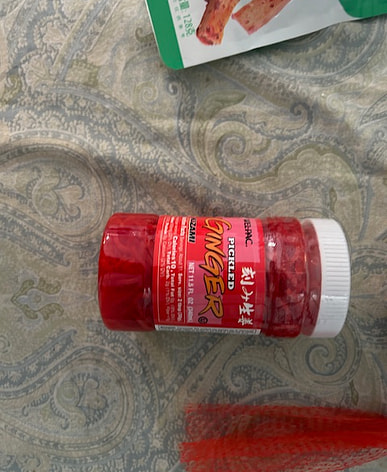 The item looks good!
The item looks good!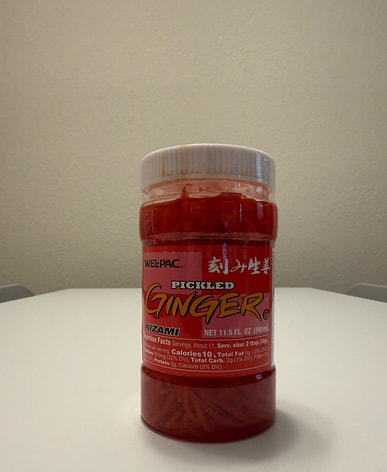 This is the first time I've bought it. I'd like to use it as a side dish for yakisoba noodles.
This is the first time I've bought it. I'd like to use it as a side dish for yakisoba noodles.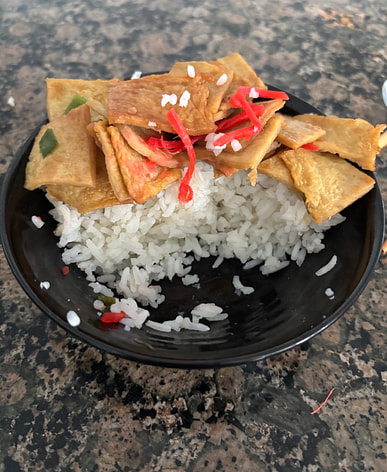 New obsession. I have purchased this ginger 3 times already!
New obsession. I have purchased this ginger 3 times already!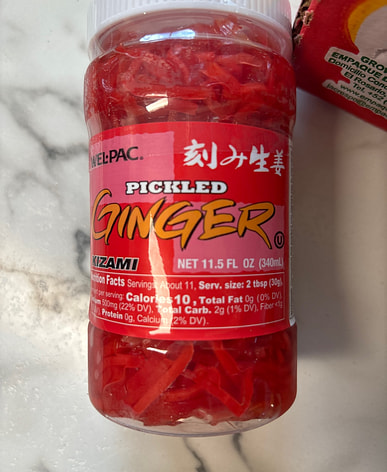 Glad weee has it !
Glad weee has it !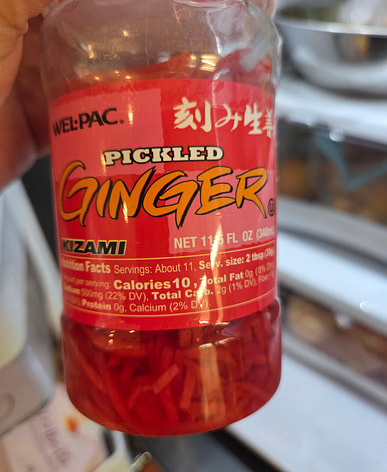 I ate it with eel rice bowl and it was really delicious~sour~~
I ate it with eel rice bowl and it was really delicious~sour~~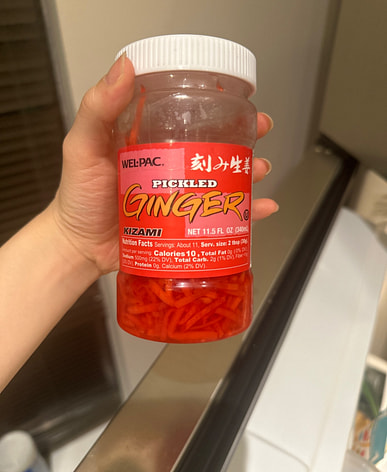 Underrated pickled food!!!
Underrated pickled food!!!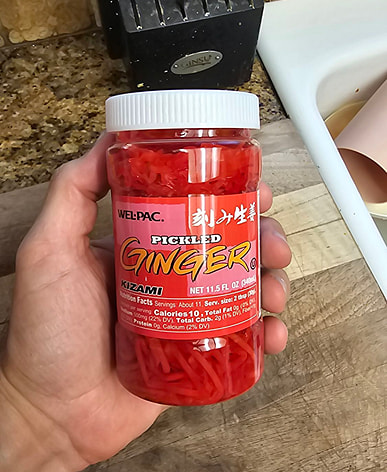 strong ginger flavor
strong ginger flavor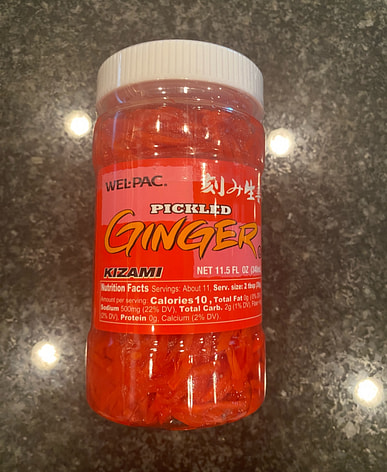 It's not necessary for yakisoba and beef bowls, but pickled ginger is always nice to have!
It's not necessary for yakisoba and beef bowls, but pickled ginger is always nice to have!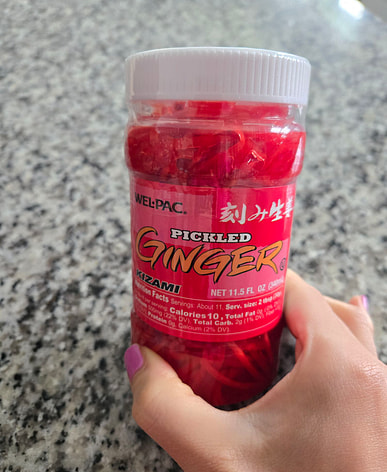 It's the same as the pickled ginger you normally get in Japan. I'm a bit concerned that the expiration date was only two months.
It's the same as the pickled ginger you normally get in Japan. I'm a bit concerned that the expiration date was only two months.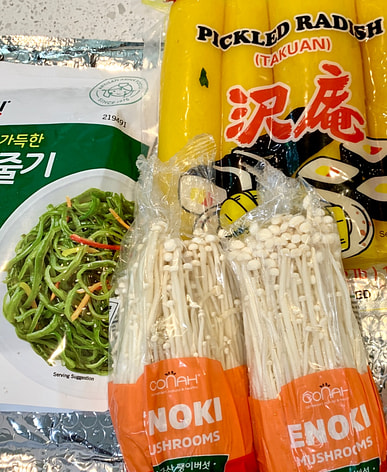 I always end up ordering this radish kimchi. It's delicious! They package it well, so I don't have to worry about delivery even on hot days.
I always end up ordering this radish kimchi. It's delicious! They package it well, so I don't have to worry about delivery even on hot days.
Related with Tsukemono
Japanese-product
Japanese Styling
Japanese Style
Nippon
Yan Cai
Japón
Product Of Japan
Vegetable Pickle
Japanese Products
Made In Japan
Pickled Vegetable
Japanese
Japanese Pickled Radish
Japanese Pickled Cucumber
Japanese Tsukemono Oshinko
Tsukemono Japan
Rakkyou
Japanese Pickled Ginger
Japanese Tsukemono
Tsukemono Powder
Pickled Tsukemono
Tsukemono Takuan
Kombu Tsukemono
Pickle Vegetable Tsukemono
Red Tsukemono
Tsukemono Radish
Tsukemono Sauce
Japanese Pickle Tsukemono
Tsukemono Pickle
Instant Tsukemono
Bottled Tsukemono
















